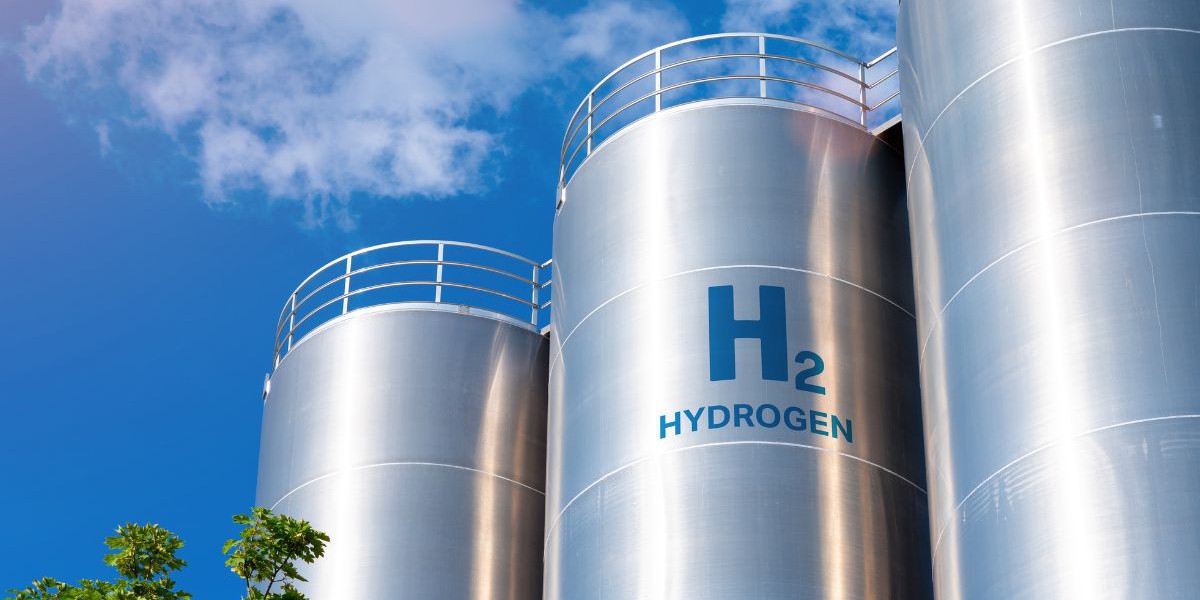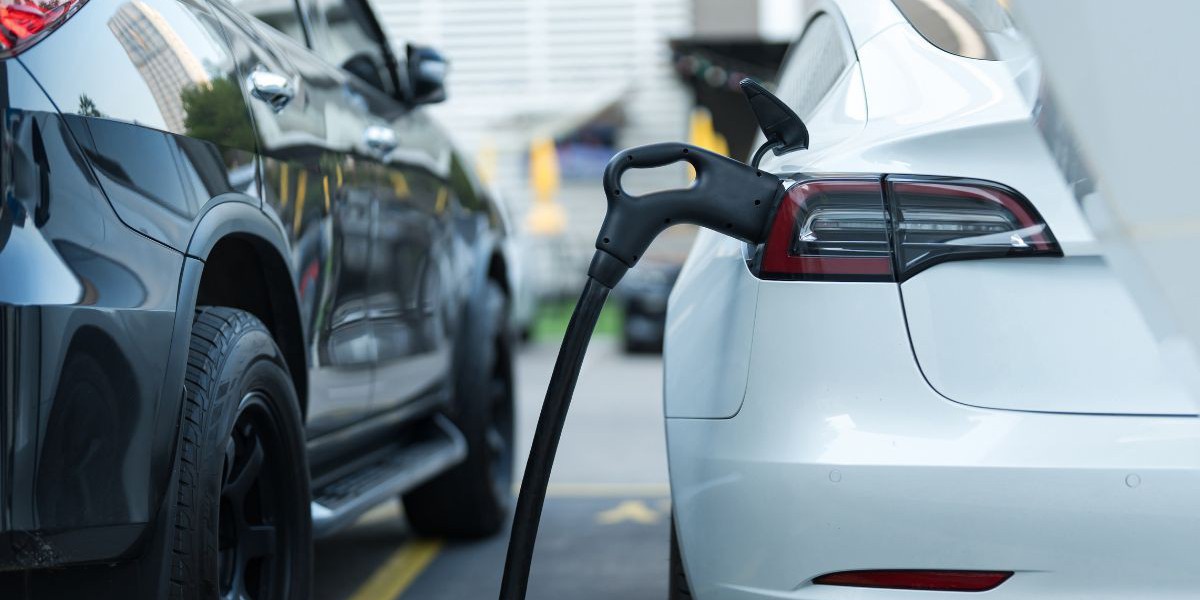The Australia hydrogen market, valued at AUD 6.76 billion in 2024, has experienced notable growth, as it plays an essential role in the decarbonisation of industries such as steel, cement, and chemicals. The market is projected to expand at a compound annual growth rate (CAGR) of 9.10% from 2025 to 2034, with a potential value of AUD 16.15 billion by 2034. As Australia continues to position itself as a leader in clean energy and sustainable solutions, hydrogen has emerged as a key element in the country’s decarbonisation strategy, not only for domestic industries but also in fueling the global transition to a low-carbon economy. This article explores the growth drivers, trends, and opportunities shaping the future of Australia’s hydrogen market.
Market Overview: The Hydrogen Opportunity
Hydrogen, often referred to as the "fuel of the future," has long been seen as a promising solution for achieving net-zero emissions. As one of the cleanest energy sources, hydrogen offers significant potential to reduce carbon emissions, especially in hard-to-abate sectors that rely heavily on fossil fuels. Australia, with its vast renewable energy resources, is uniquely positioned to capitalize on the hydrogen economy. The Australian government, along with private sector players, is investing heavily in developing hydrogen infrastructure and technologies to meet both domestic and international demand for low-emission hydrogen.
Hydrogen can be used in various applications, including fuel cells for transportation, power generation, and as a feedstock in industrial processes. It is particularly attractive for industries like steel and cement, where decarbonization is challenging due to the high emissions from traditional manufacturing methods. Hydrogen-based technologies, including green hydrogen, which is produced using renewable energy, are expected to revolutionize these sectors by replacing coal and natural gas.
Key Drivers of Growth
1. Decarbonisation of Heavy Industries:
One of the major drivers of growth in Australia’s hydrogen market is the need for decarbonisation in sectors that are difficult to electrify, such as steel, cement, and chemicals. These industries rely on high-temperature processes that cannot easily be powered by electricity alone. Hydrogen offers a clean alternative to the carbon-intensive fossil fuels currently used in these sectors. Australia has set ambitious climate goals, including reaching net-zero emissions by 2050, and hydrogen is seen as a crucial tool in achieving these targets.
For instance, hydrogen can be used as a reducing agent in steelmaking, replacing coke (a carbon-intensive material derived from coal) in blast furnaces. The transition to hydrogen-based steel production is expected to significantly reduce carbon emissions in the steel industry. Similarly, in cement production, hydrogen can replace natural gas in kilns, helping to lower the carbon footprint of the construction sector.
2. Renewable Energy Integration:
Australia’s abundant renewable energy resources—particularly solar and wind—are key enablers of the hydrogen market. Green hydrogen, which is produced using renewable energy sources through a process known as electrolysis, is gaining traction as a clean and sustainable fuel source. The excess electricity generated by solar and wind farms can be converted into hydrogen and stored for later use, providing a solution for the intermittent nature of renewable energy.
This alignment between renewable energy generation and hydrogen production allows Australia to leverage its natural resources to become a leading global exporter of green hydrogen. The Australian government has outlined plans to become a major player in the global hydrogen market by developing large-scale hydrogen production facilities and export infrastructure.
3. Government Support and Policy Initiatives:
The Australian government has recognized the potential of hydrogen as a key driver of economic growth and a vital component of its energy transition. In 2020, the government announced the National Hydrogen Strategy, which aims to position Australia as a leader in hydrogen production and exports. This strategy includes plans to develop a hydrogen export market, improve domestic infrastructure, and support the commercialization of hydrogen technologies.
Additionally, the government has provided funding for research and development projects focused on hydrogen production, storage, and transport. Various state governments have also introduced initiatives to support the hydrogen economy, including funding for hydrogen hubs and infrastructure development. These policy frameworks are designed to create a favorable investment climate and stimulate growth in the hydrogen sector.
4. International Demand for Green Hydrogen:
Australia’s potential as a global hydrogen exporter is another key driver of market growth. Countries such as Japan, South Korea, and Germany are actively seeking low-emission hydrogen to meet their energy and climate goals. As these nations transition away from fossil fuels, they are looking to secure a reliable supply of green hydrogen, and Australia, with its abundant renewable resources and strategic location, is well-positioned to meet this demand.
Australia’s hydrogen exports could play a major role in helping international markets achieve their decarbonization targets. The establishment of hydrogen export hubs in regions such as Western Australia, Queensland, and South Australia will facilitate the transportation of hydrogen to key international markets.
Market Trends and Innovations
1. Green Hydrogen and Electrolysis:
Green hydrogen, produced through the electrolysis of water powered by renewable electricity, is expected to be the dominant form of hydrogen production in Australia. As the cost of renewable energy continues to decline, the economics of green hydrogen are improving, making it increasingly competitive with other forms of hydrogen production, such as grey hydrogen (produced from natural gas). Technological advancements in electrolysis, such as proton exchange membrane (PEM) and solid oxide electrolyzers, are driving efficiencies in hydrogen production, further reducing costs.
2. Hydrogen Storage and Transport Solutions:
Storage and transport are critical challenges in the hydrogen value chain. Hydrogen is a low-density gas, making it difficult to store and transport over long distances. However, significant innovations are being made in this area. Companies are developing more efficient storage solutions, such as high-pressure tanks and liquefied hydrogen, to address these challenges. Furthermore, new transport technologies, including hydrogen-powered trucks and ships, are being developed to enable the delivery of hydrogen from production sites to consumers.
3. Hydrogen as a Fuel for Transportation:
The use of hydrogen fuel cells in transportation is also gaining momentum. Hydrogen fuel cell vehicles (FCVs) offer zero-emission alternatives to traditional internal combustion engine vehicles. Australia’s hydrogen market is seeing an increasing number of hydrogen refueling stations being built, with a focus on supporting hydrogen-powered buses, trucks, and trains in addition to passenger vehicles. These developments are expected to increase the adoption of hydrogen as a clean fuel source for transportation, contributing to the market’s growth.
Challenges and Barriers
Despite the promising prospects of the hydrogen market, several challenges remain. The high cost of producing green hydrogen is a major barrier to its widespread adoption, although falling costs of renewable energy and technological advances in electrolysis are gradually addressing this issue. Additionally, the lack of infrastructure for hydrogen storage, transport, and refueling stations presents challenges for both domestic and export markets.
Furthermore, scaling up hydrogen production to meet global demand will require significant investment in infrastructure and technology development. Ensuring that hydrogen production remains competitive with other low-carbon energy sources, such as battery electric systems, will also be essential for the market’s long-term success.
Conclusion: A Bright Future for the Australian Hydrogen Market
The Australian hydrogen market is on a strong growth trajectory, driven by the demand for decarbonization in heavy industries, government support, and Australia’s vast renewable energy resources. With a projected market value of AUD 16.15 billion by 2034, hydrogen is set to play a critical role in Australia’s energy transition and its economic future.
As the market evolves, technological advancements, increased infrastructure investment, and international demand for green hydrogen will shape the industry. With continued innovation and strategic planning, Australia is poised to become a global leader in the hydrogen economy, contributing to a more sustainable and low-carbon future.







